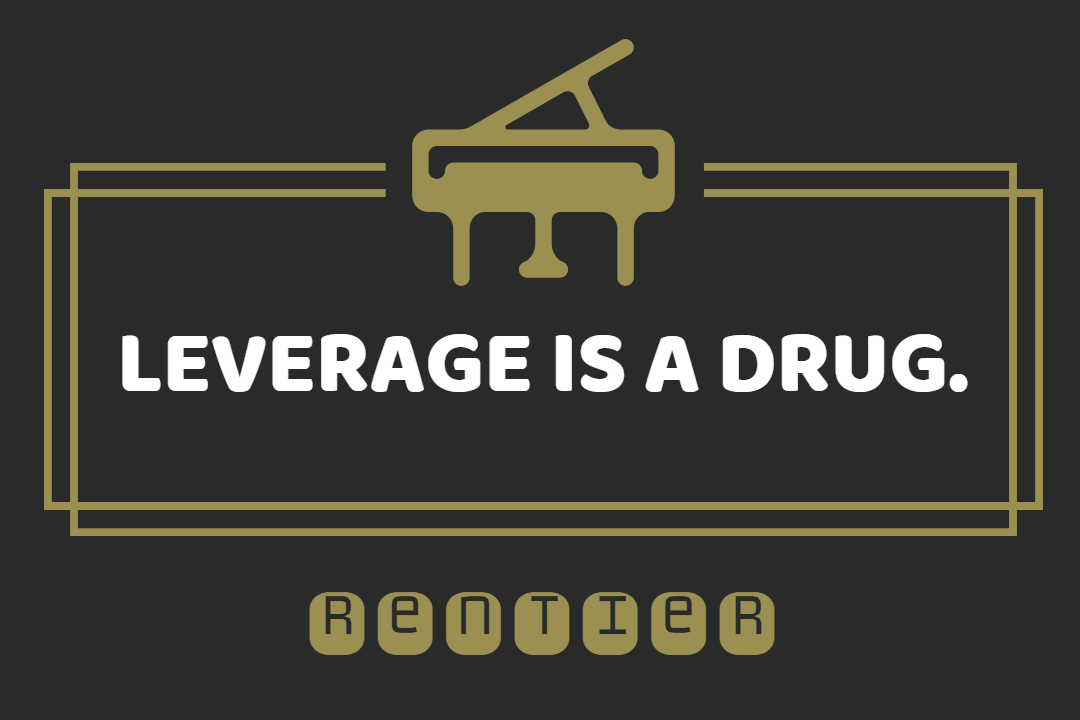
Getting Started with Credit Card Arbitrage
Recently, a reader named Evan asked the following question in a blog comment:
Can you talk a little more about how to get started doing credit card arbitrage, like the basics? I just discovered this and am still trying to get my head around how you get the cash from the cards to invest. I think you are supposed to charge your monthly expenses and then take that money you saved and invest it? Is that correct? Also, How does one go about getting all these credit cards without tanking your credit score and then getting denied by any more cards in the future? I have 2 credit cards with low limits, each around $2,500. Those won’t work. And do you need to get the checks from the card companies for this to work? Impressed by what you’ve done here, just want to know the initial details on how to get started. Thanks!
After all, the fundamental principle of credit card arbitrage is to make money by using someone else’s money. To begin effectively, I recommend having a cashable credit limit of at least $100,000; otherwise, the strategy may not make financial sense. You would be investing too much time and effort for minimal returns. To generate $7,000 in profit from a $100,000 balance transfer, you need to earn a 10% return while paying 3% in borrowing costs.
How to Get Cash from a Credit Card
Let’s begin with the borrowing side. There are three primary methods to obtain cash from credit cards: direct deposit, balance transfer checks, and credit balance refunds. You can also preserve cash by carrying a balance on a credit card. I provide detailed explanations of each method in the following sections.
Direct Deposit
Request a direct deposit from your credit card to a bank account up to your total available credit. Barclaycard, Bank of America, Citi, and Discover offer this option.
Barclaycard
Navigate to Services → Balance transfer offers → Select this offer
Under the Loan tab, enter your bank account information. You can direct deposit to any bank account. You need to find your bank’s deposit mailing address (e.g., PO Box 105576, Atlanta, GA 30348-5576 for Bank of America). Do not perform balance transfers to credit cards.
Funds will be available in 7-8 business days.
Bank of America
Navigate to Accounts → Credit Card account → Consolidate Debt or Get Cash → Deposit cash to my checking
Select Other Bank Account if you want to direct deposit to an external bank account. Funds will be available the very next day.
Make sure you select a promotional offer, or the standard APR will apply to your balance.
Citi
Navigate to Services → Credit Card Services → View Available Balance Transfer Offers. Select your desired offer and click Start your Transfer.
Choose Direct Deposit as the transfer option. You can direct deposit to a bank account that is set up for automatic payments. Select Continue to finalize the transfer.
Funds will be available the next business day or within 2 business days if a fraud alert is triggered.
Discover
Navigate to Manage → Balance Transfer → Select This Offer
Select Transfer funds into checking. You can direct deposit to a bank account that is set up for automatic payments.
Funds will be available in 4 business days.
Balance Transfer Checks
You should be familiar with receiving convenience checks from credit card companies in the mail regularly. Simply write a balance transfer check payable to yourself and deposit it into your bank account.
Chase
Chase rarely sends balance transfer checks. If you receive one, keep it for future use.
U.S. Bank
Unlike Chase, U.S. Bank sends balance transfer checks frequently. Save them all.
Other Banks
Bank of America, Citi, and Discover also send balance transfer checks regularly. These typically go straight to your shredder. Use the direct deposit option for these banks instead.
Credit Balance Refunds
If neither of these options is available, you need to think more creatively. Generally, you create a credit balance by overpaying your credit card using a balance transfer, then request a refund of the overpayment. This approach is not recommended because requesting a large refund often raises suspicions of fraud. Sometimes banks do not release your funds immediately, and you may have to wait a month to receive a refund (cash drag!).
Zero Fee Balance Transfer Refund Strategy
Instead, you should create a credit balance on your Citi or Discover credit card, then use no-fee balance transfer offers to direct deposit to your bank account. As soon as the transfer takes place, your credit card balance gets paid off before interest charges begin. I have successfully accessed over $100,000 using this method.
Citi Strategy
Discover Strategy
Cross-Owner Balance Transfer Strategy
Alternatively, if you swap your credit card balances back and forth with your partner, you can perform a cross-account transfer to pay off your partner’s balance directly. This approach is recommended when both partners have $200,000+ credit limits and are investing in multi-year projects (e.g., commercial real estate).
Balance Carry Over
If your credit card is balance transfer unfriendly (e.g., American Express), the 0% Intro APR applies to purchases only (e.g., BankAmericard Travel Rewards), the balance transfer fee exceeds 3% (e.g., Chase Ink Business Cash), or you are expecting sizable expenses in the near future (e.g., rent, federal tax), it makes sense to spend and carry the balance to preserve cash rather than paying balance transfer fees upfront. Sometimes you even earn a profit through rewards.
How to Earn Double-Digit Returns
Now let’s discuss the investment side. Once you successfully obtain a few hundred thousand dollars from credit cards, there are several ways to generate double-digit returns with relatively low risk.
Groundfloor
Open to non-accredited investors. Groundfloor is a real estate lending marketplace for fix-and-flip loans. Your options include Grade C (11%) or Grade D (14.5%) loans with 6/9/12-month terms.
StreetShares
Requires self-accreditation (simply checking a box). StreetShares offers term loans, lines of credit, and contract financing to veteran small-business owners. I particularly favor the government contract financing product, which is short-term, high-yield, and secured by a government contract.
Direct Lending Income Fund
Requires self-accreditation (simply signing a document). The minimum investment amount is $100,000. This serves as an excellent alternative to traditional savings accounts. It has consistently delivered solid returns over the past 4 years. My risk-free return benchmark is the return on this fund.
YieldStreet
Requires self-accreditation (request Third Party Verification and verify yourself). The minimum investment amount ranges from $5,000 to $25,000. It occasionally exceeds $50,000 if the offering size is over $10M. If you bounce credit card debt back and forth with your partner, multi-year litigation portfolios are ideal.
Leverage, Leverage, Leverage!
As we have discussed how to borrow more money at low interest rates, you may have noticed this strategy is entirely about leveraging your credit. With this approach, 100% of your extra money goes toward investment and 0% goes toward debt. No exceptions.
Mortgage
If you are planning to buy a house, think again. If you are absolutely buying a house, ensure you put no more than the minimum down payment on a mortgage. Rates remain at historical lows. You should never prepay your mortgage.
Auto Loan
Zero-percent financing offers significant advantages. Avoid paying off your car loan early to maximize these benefits.

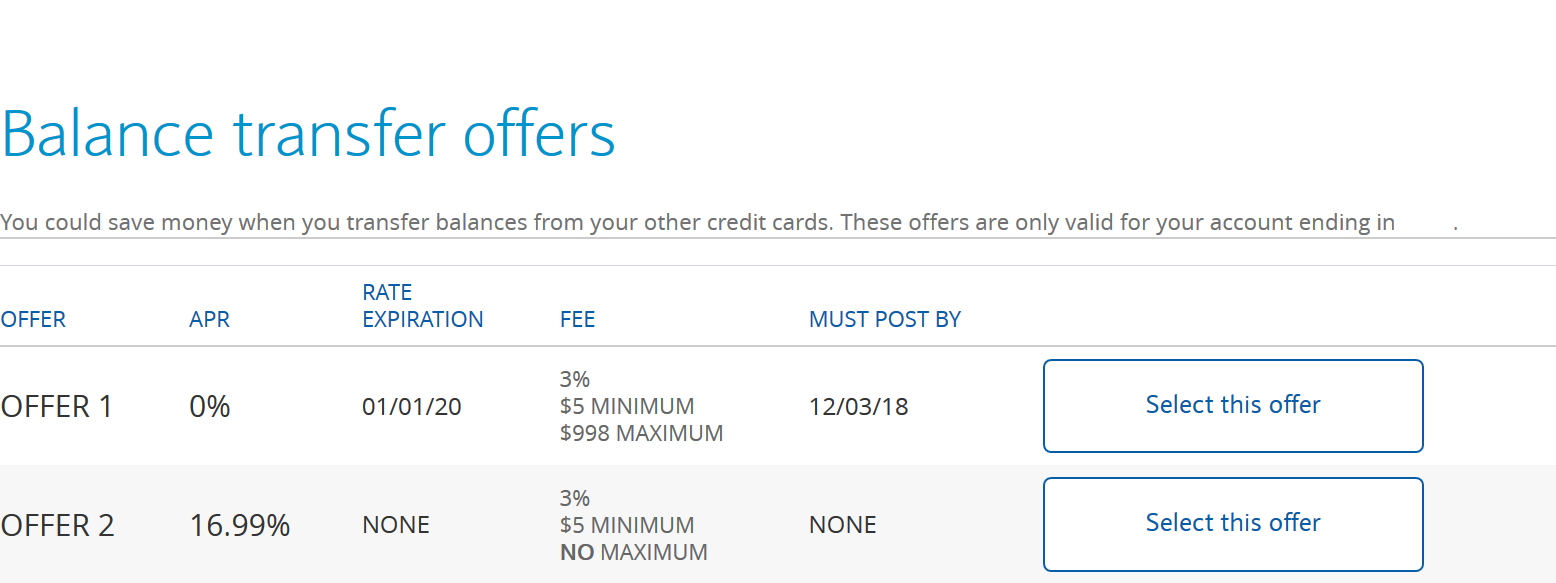
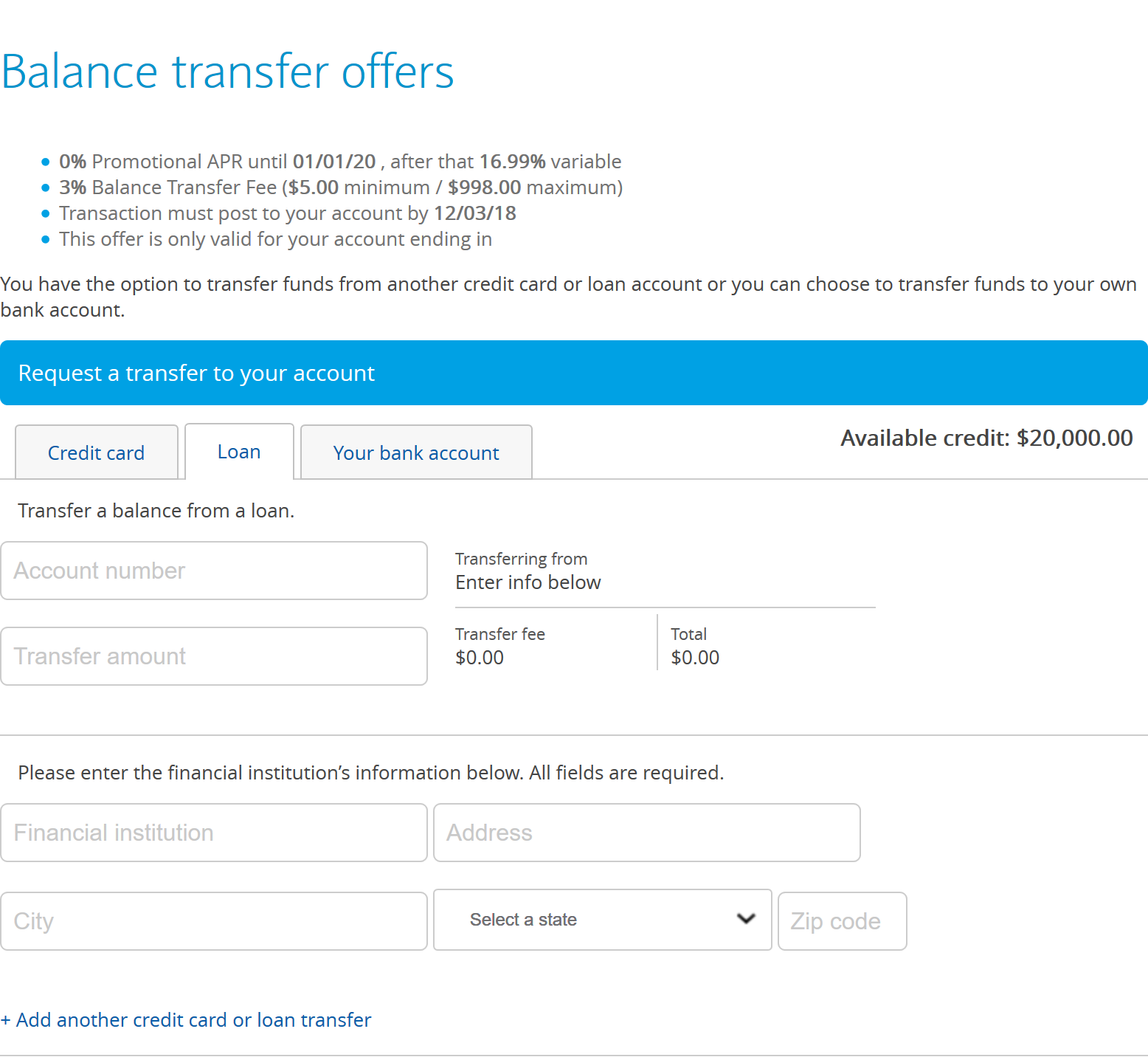

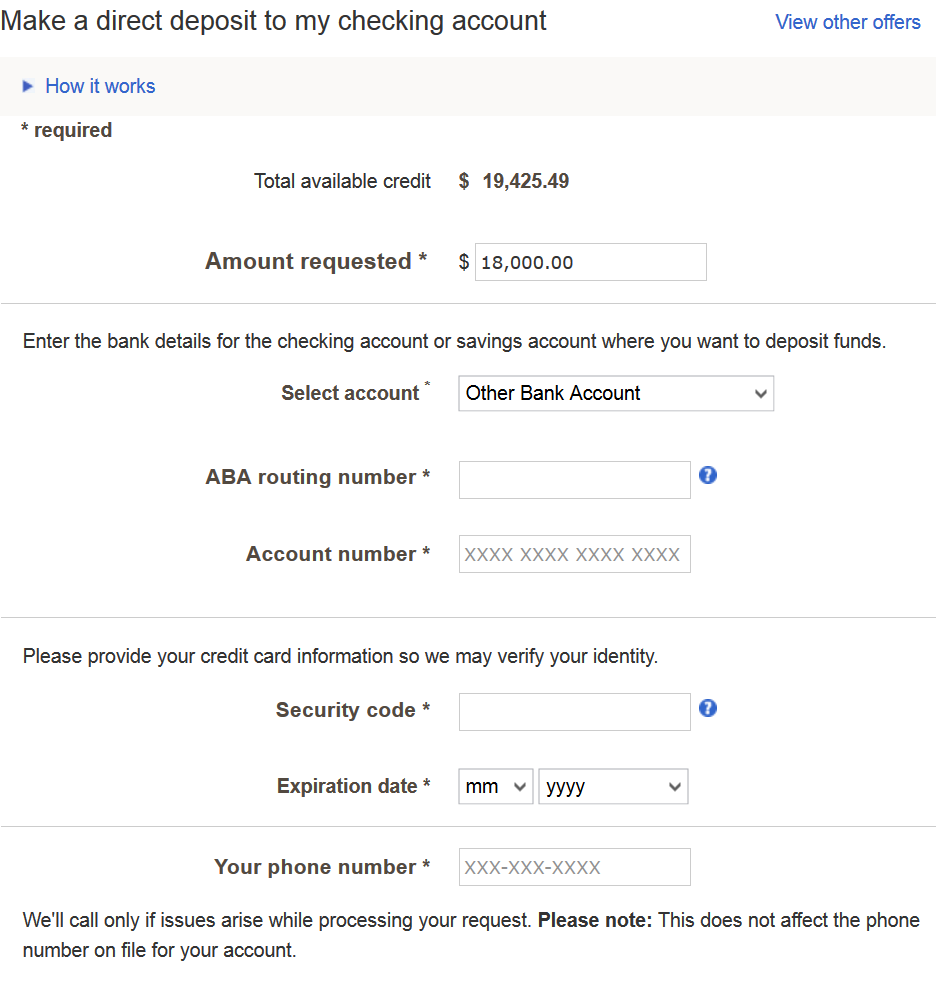
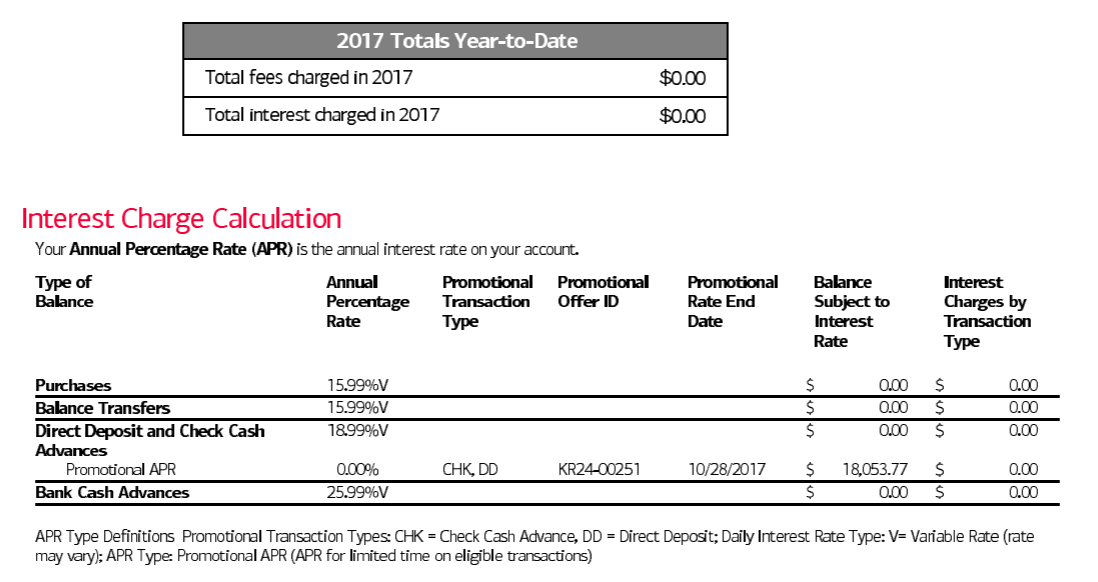
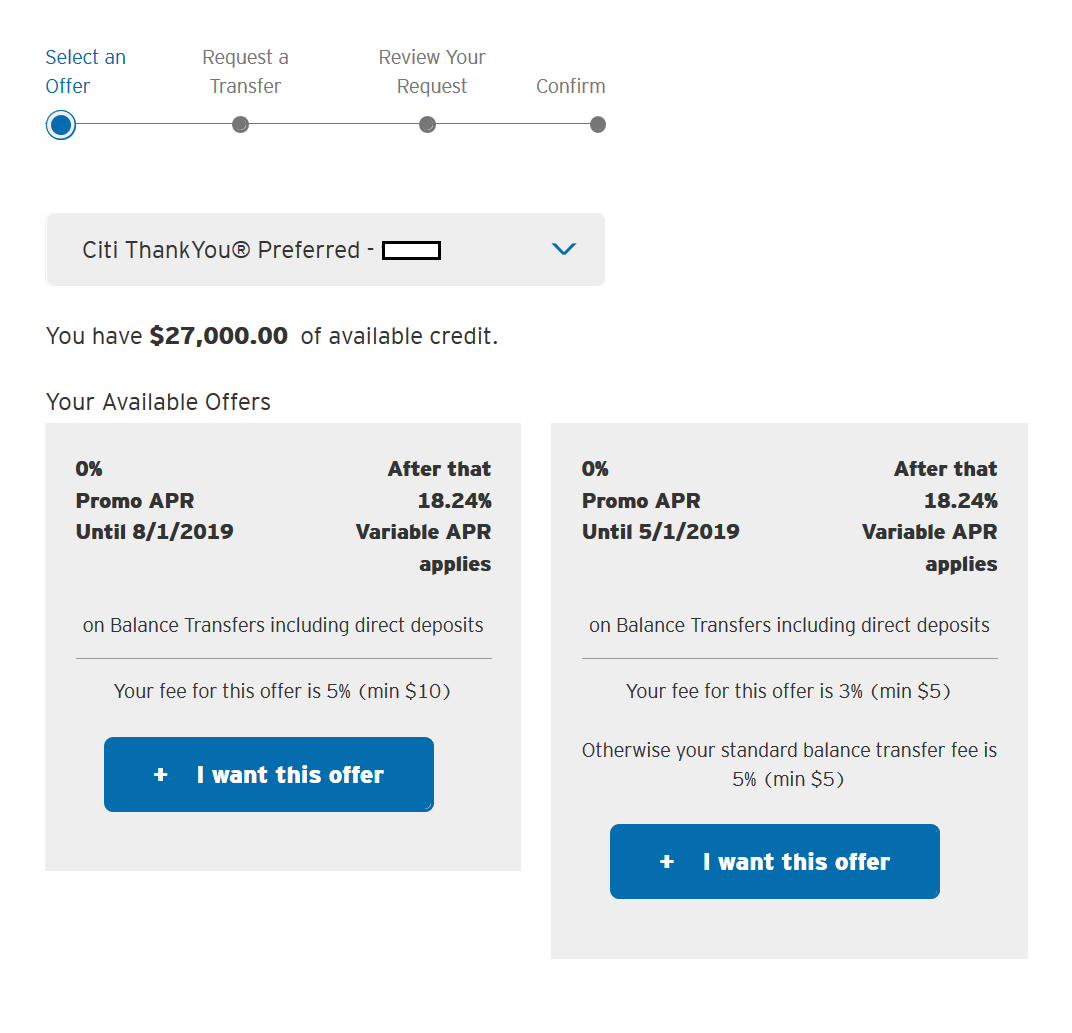

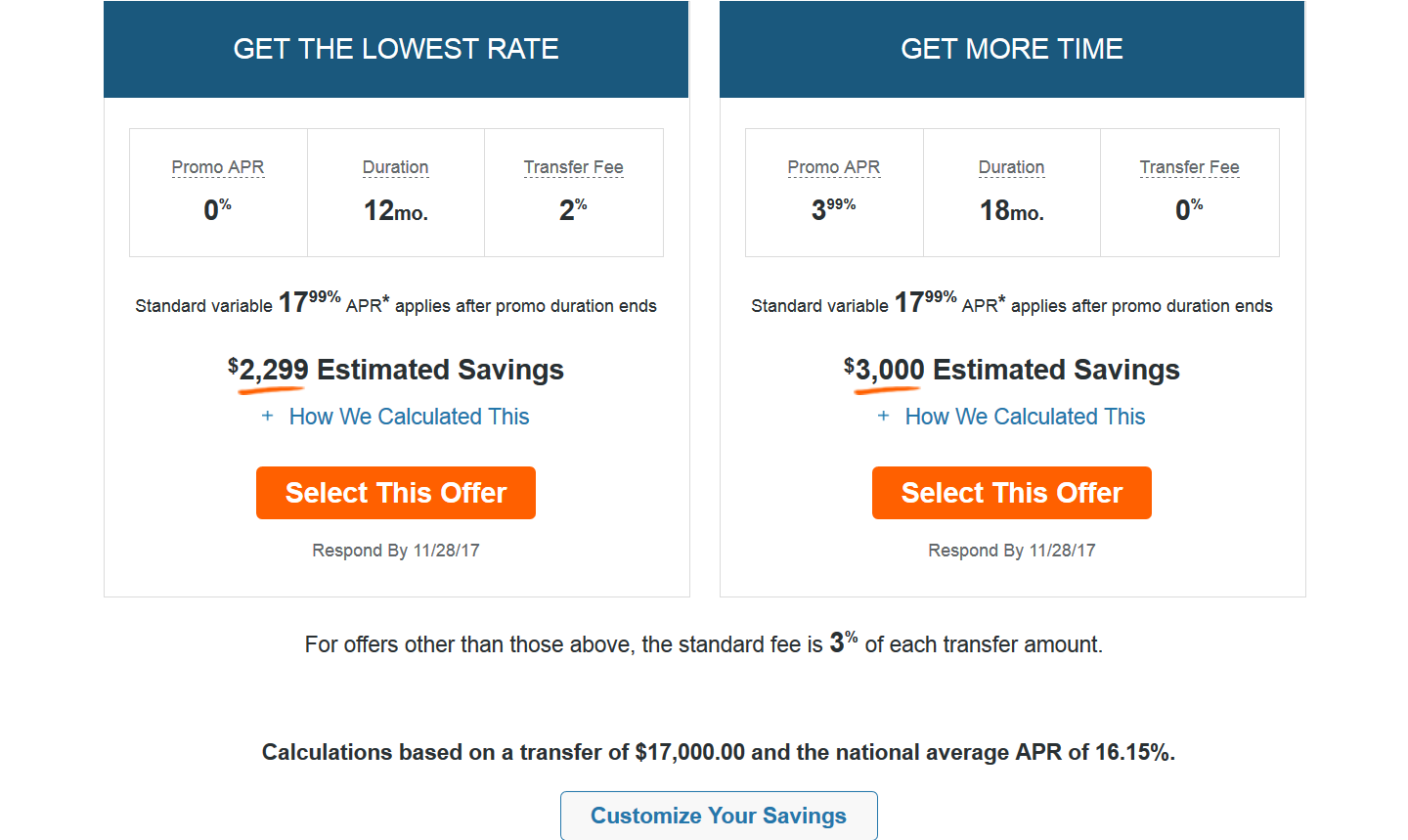
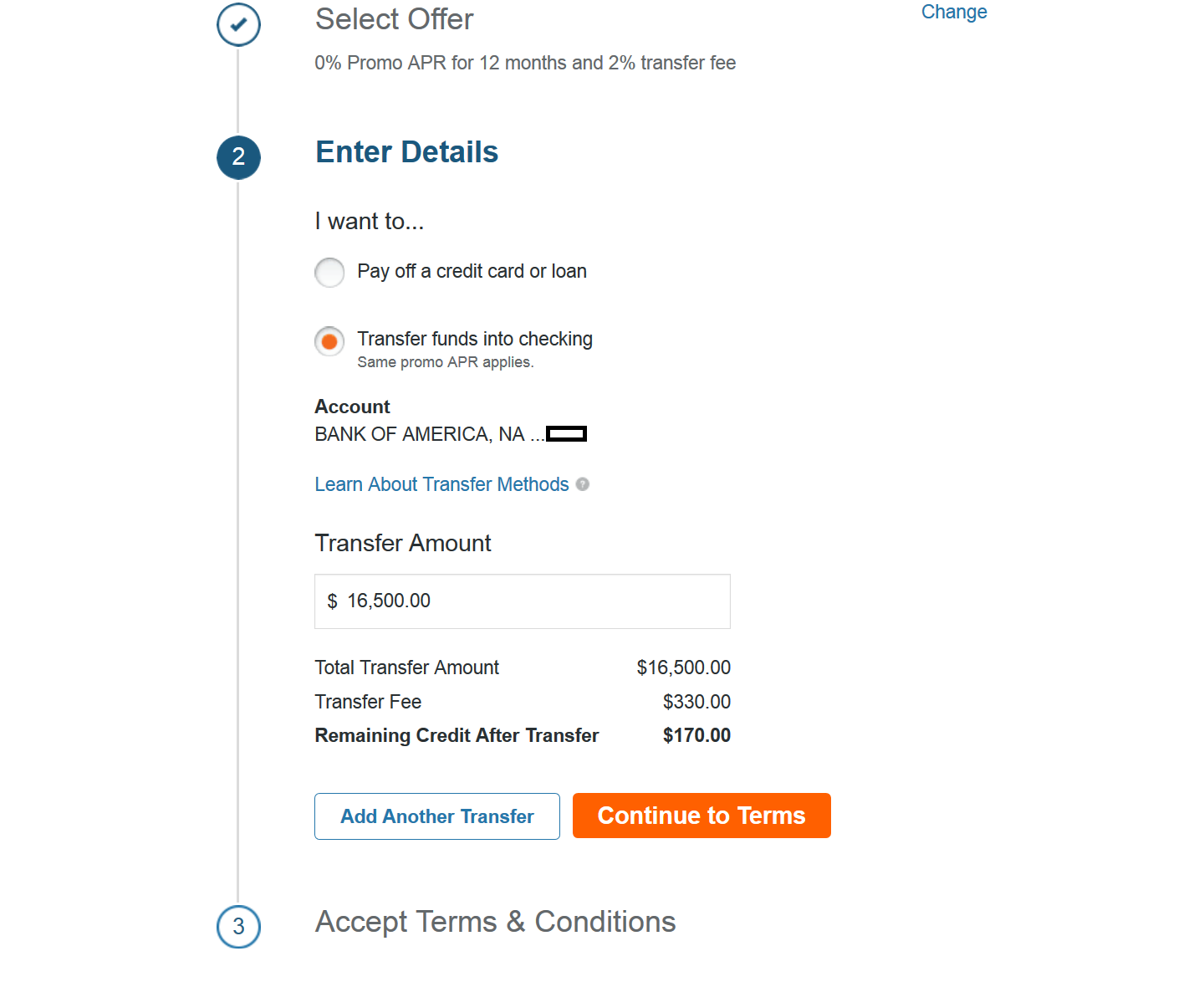
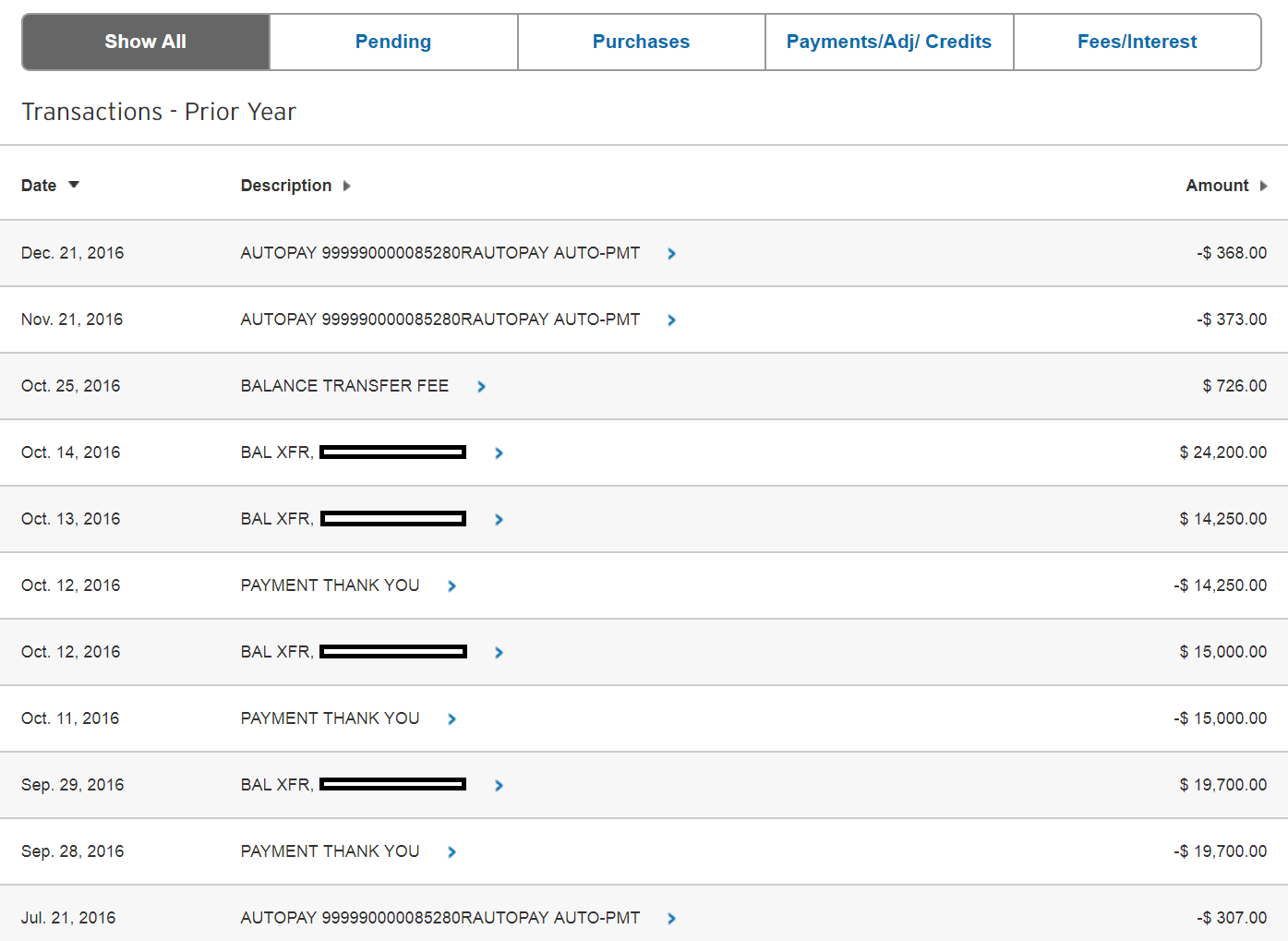
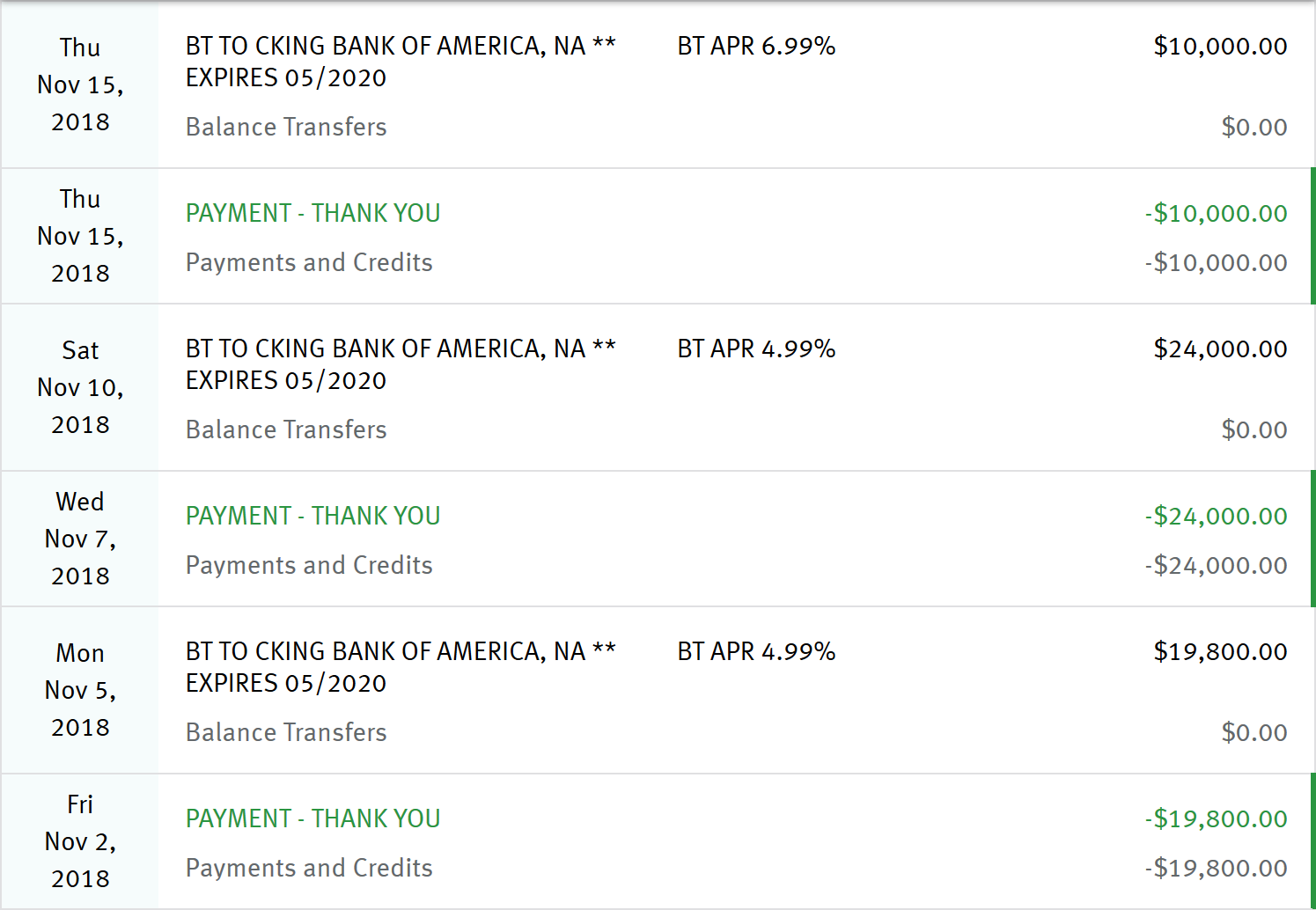
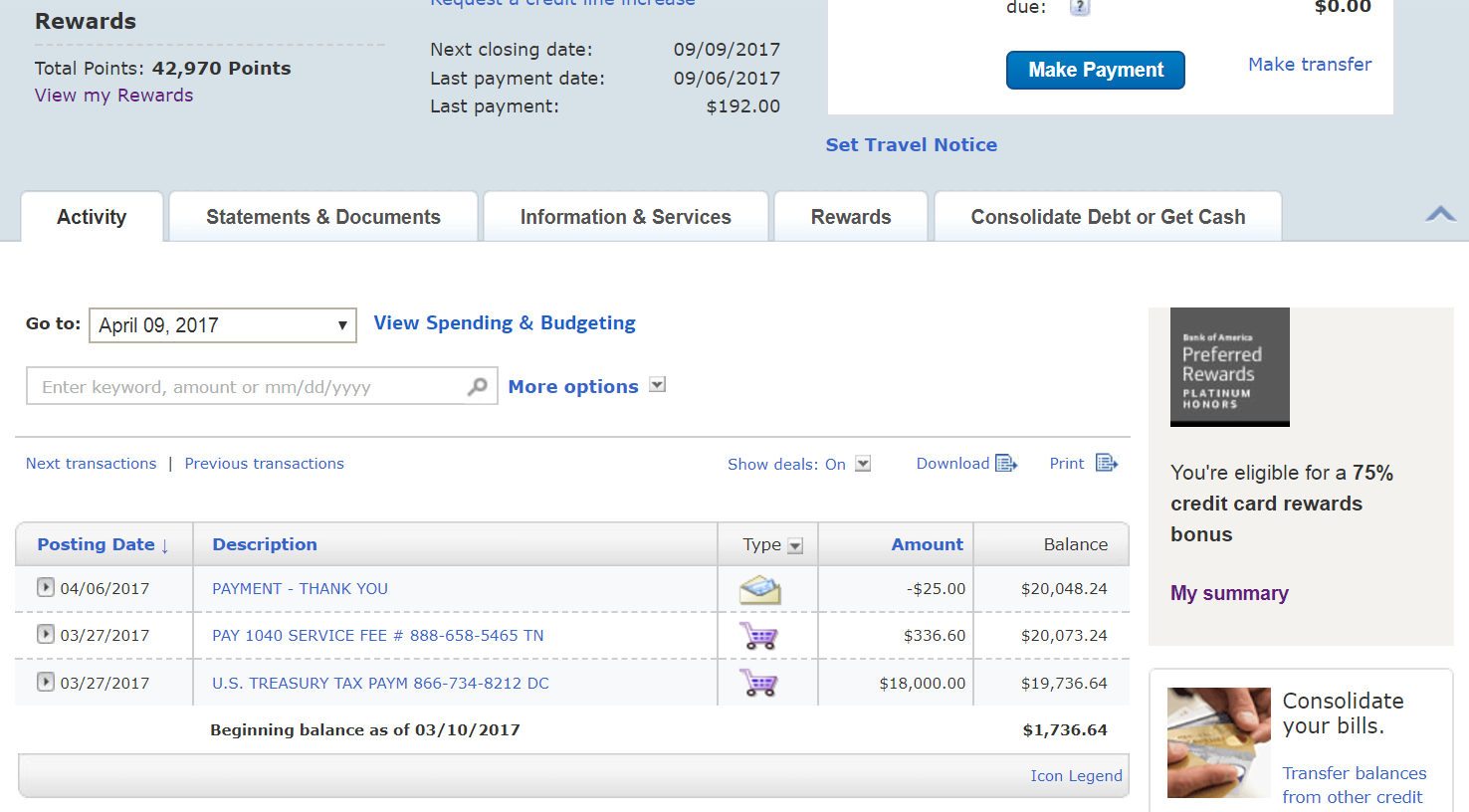
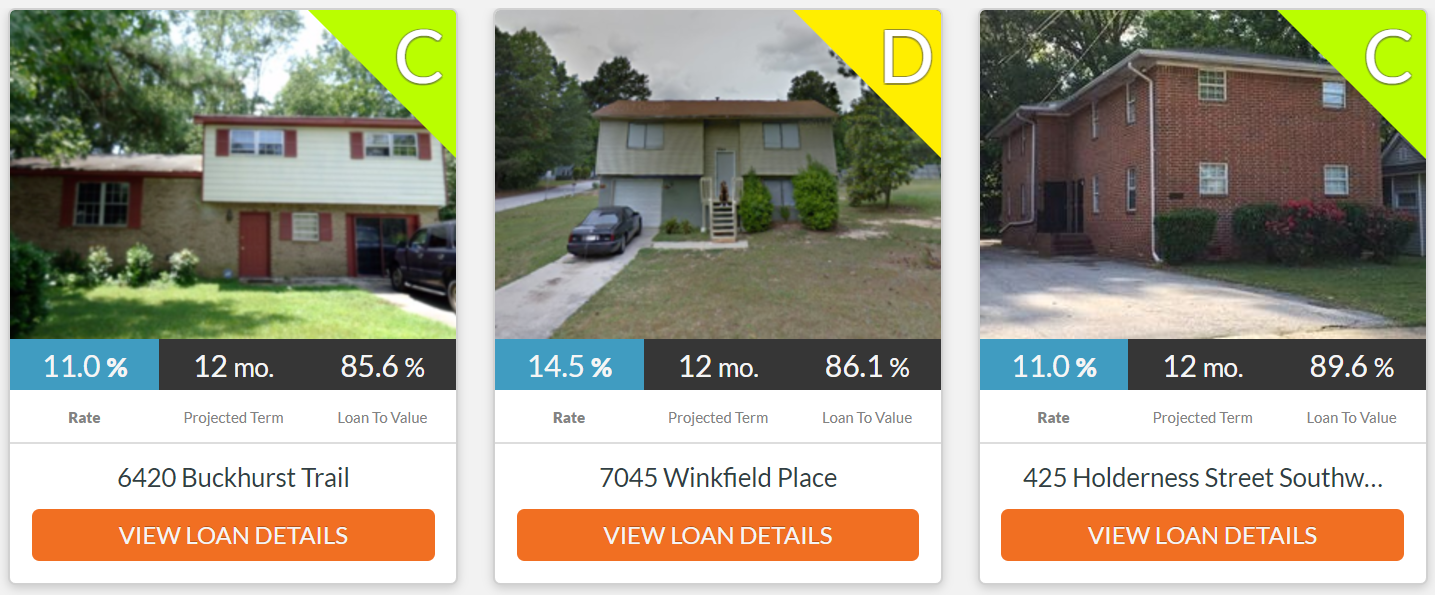
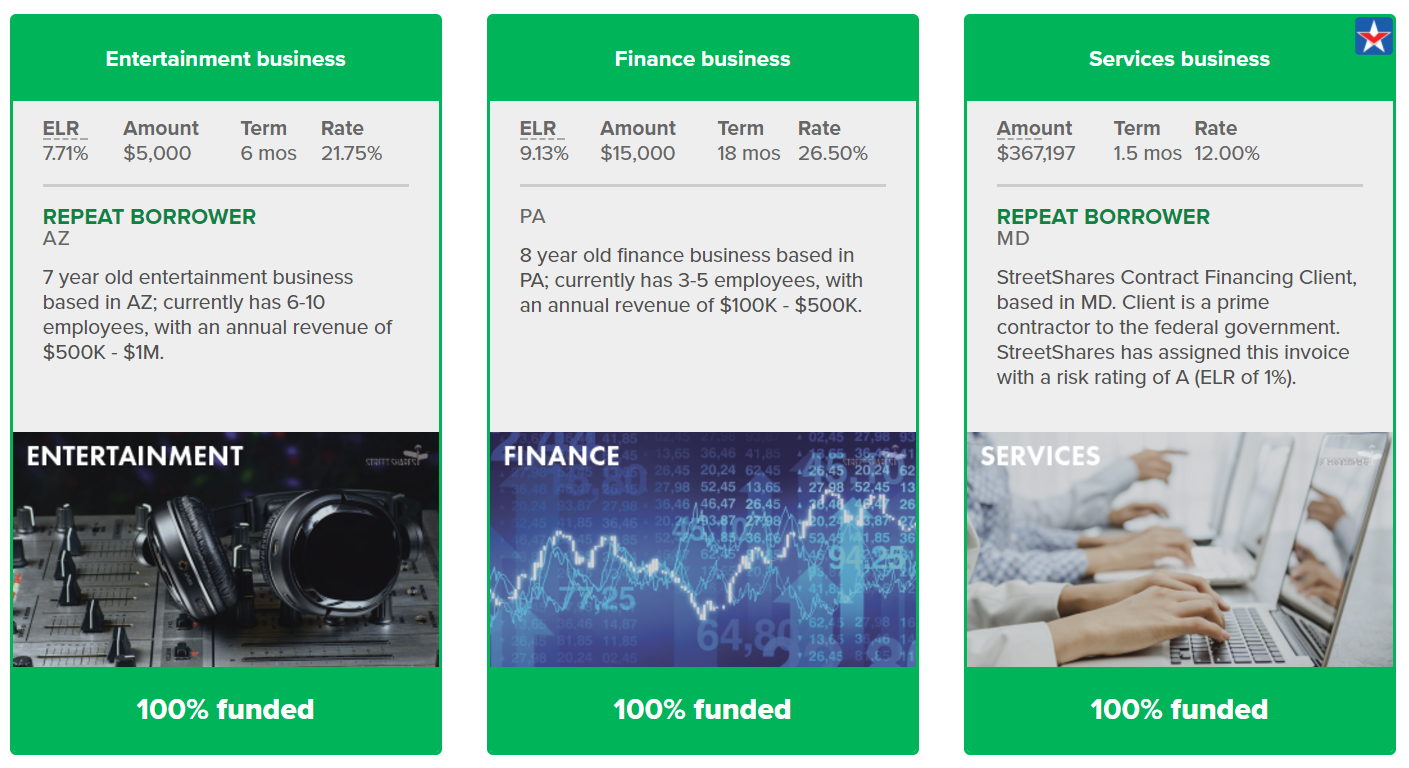
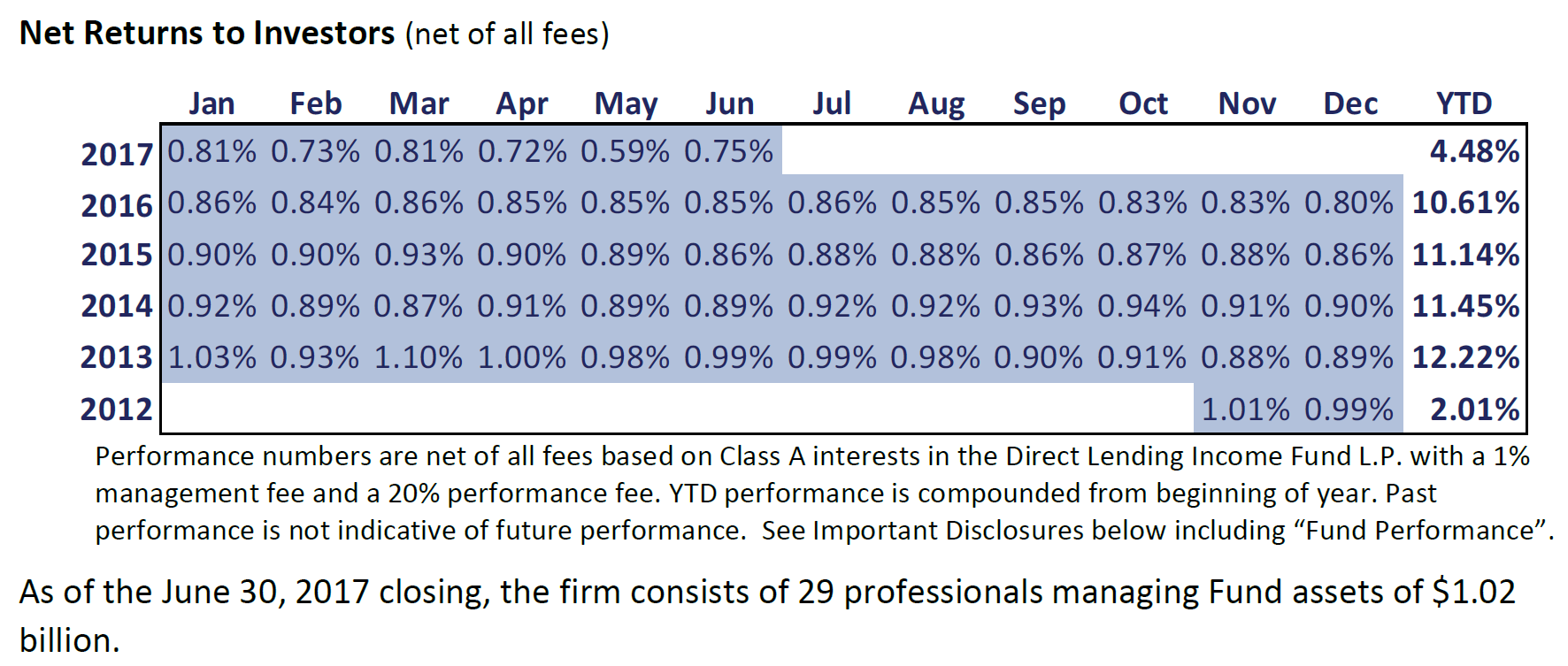

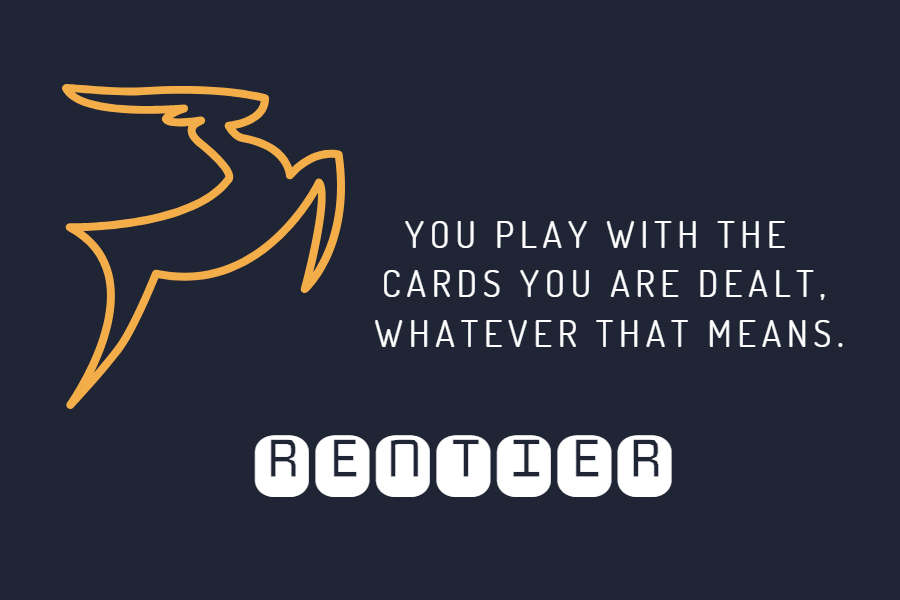
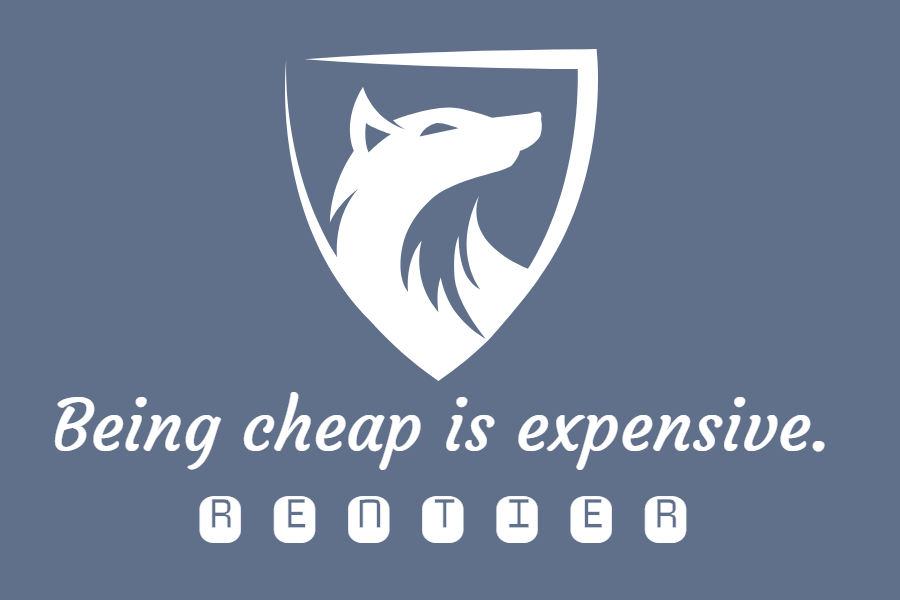

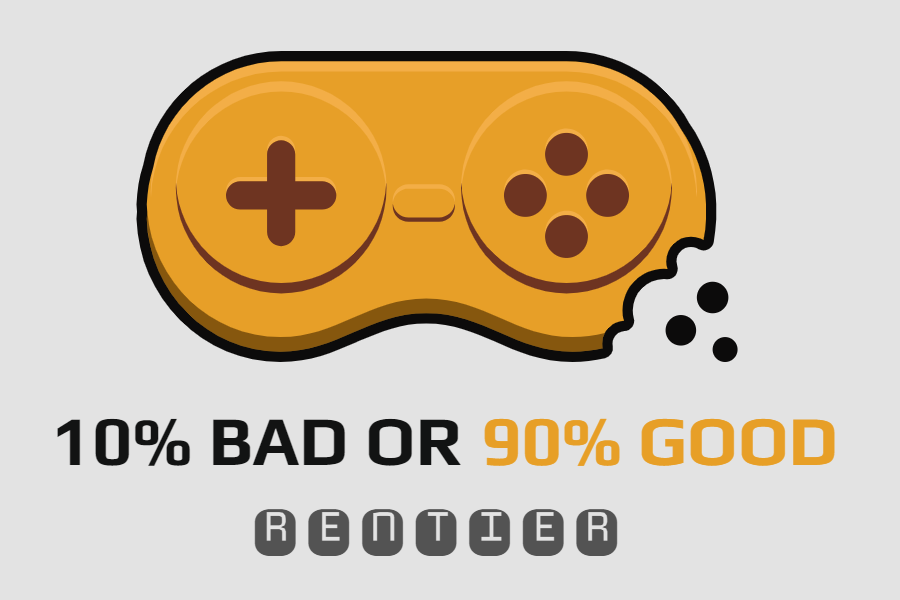
Wow, very helpful!! Thank you so much for taking the time and effort to explain some of the basics here. Obviously one must be EXTREMELY disciplined and ensure that you never miss one payment, as that will ruin your credit score, and eliminate your ability to keep building credit and getting more money. This is all very fascinating. Thank You!
Update: I have raised $55,000 in credit limits so far. I am however struggling with how to turn these credit limits into cash in my bank account. I don’t have a citi card yet, my application process has been delayed. I have: 3 BOA, 2 chase, 2 Barclaycard, 1 Discover, 1 Alliant, and 1 Capital One. BOA balance transfers seem easy to get into your checking account. Any suggestions for how to complete the rest? Thanks for any help!